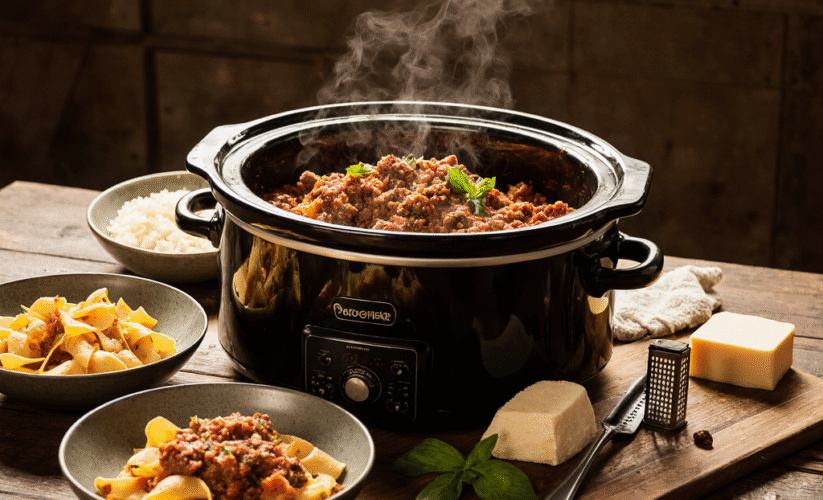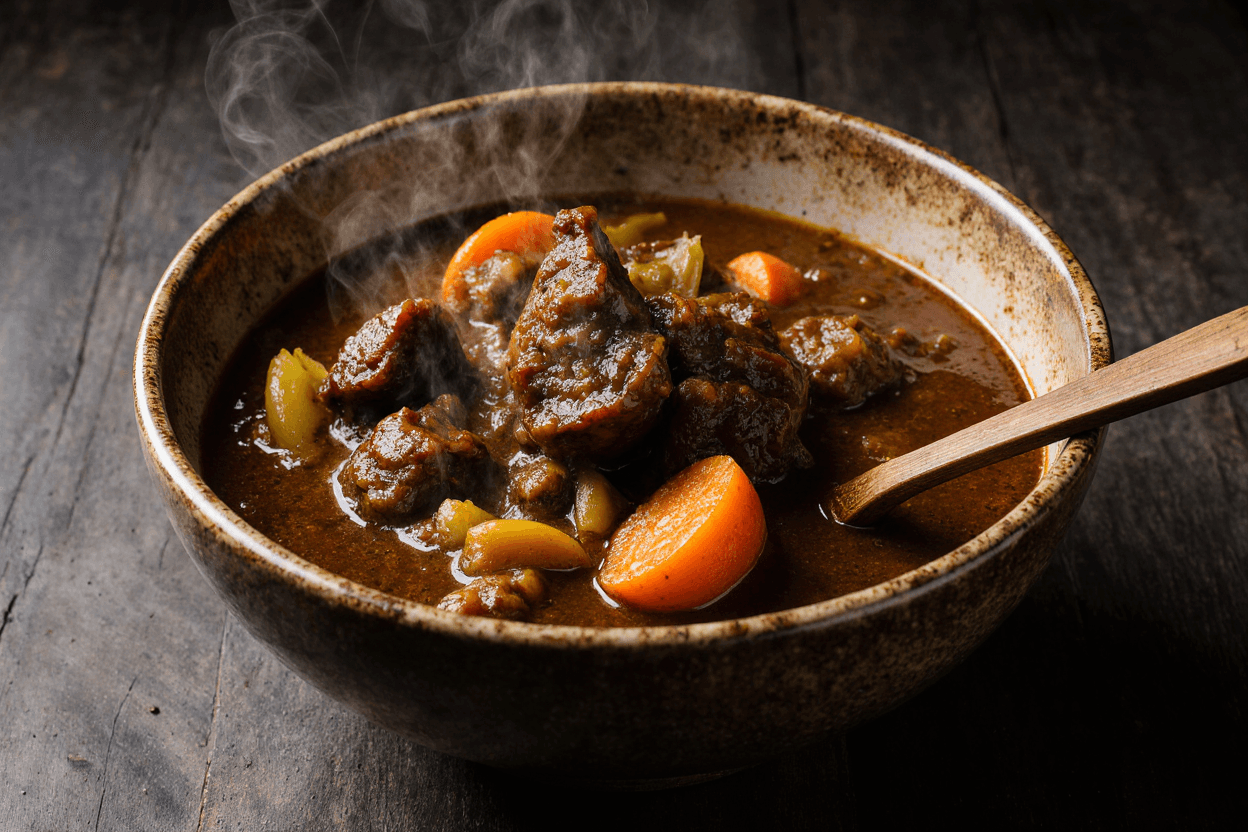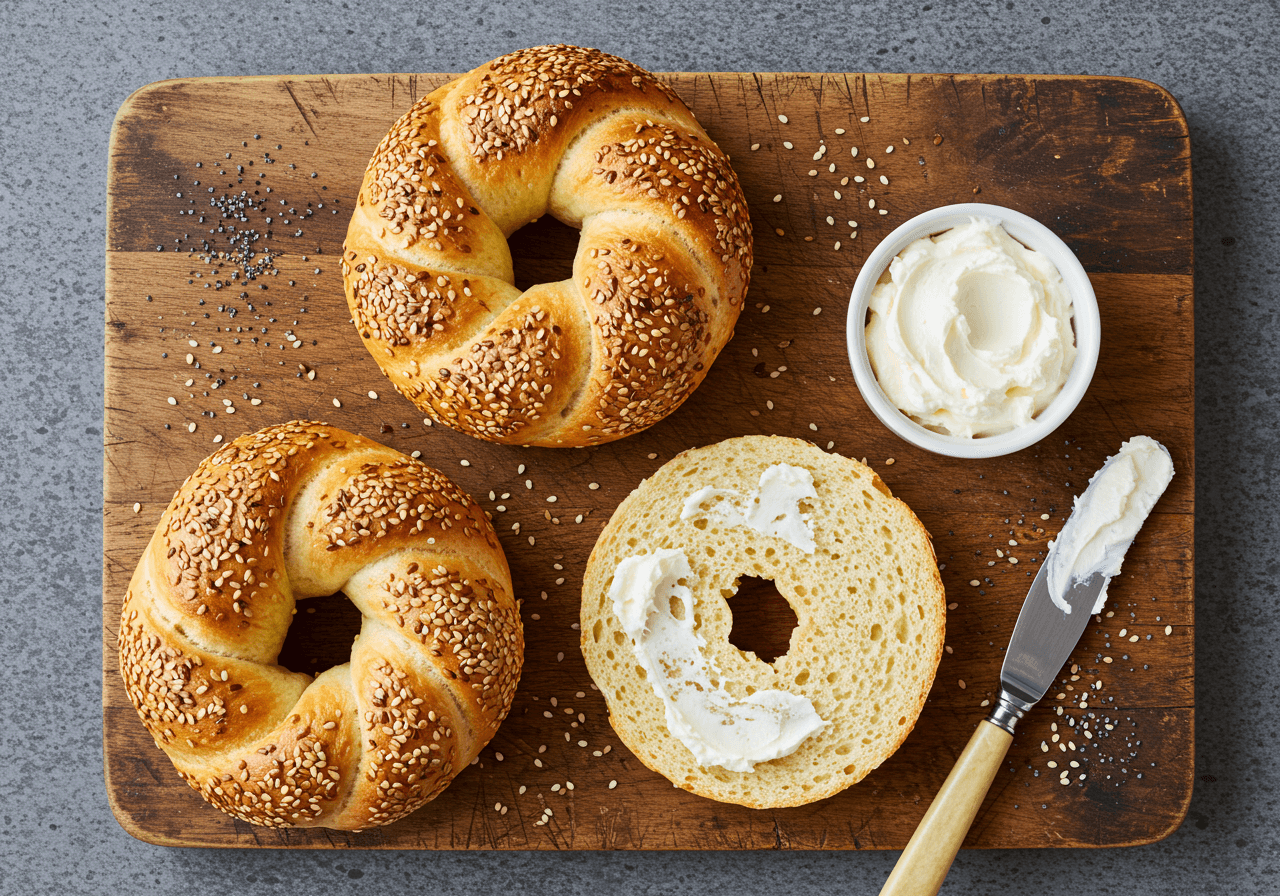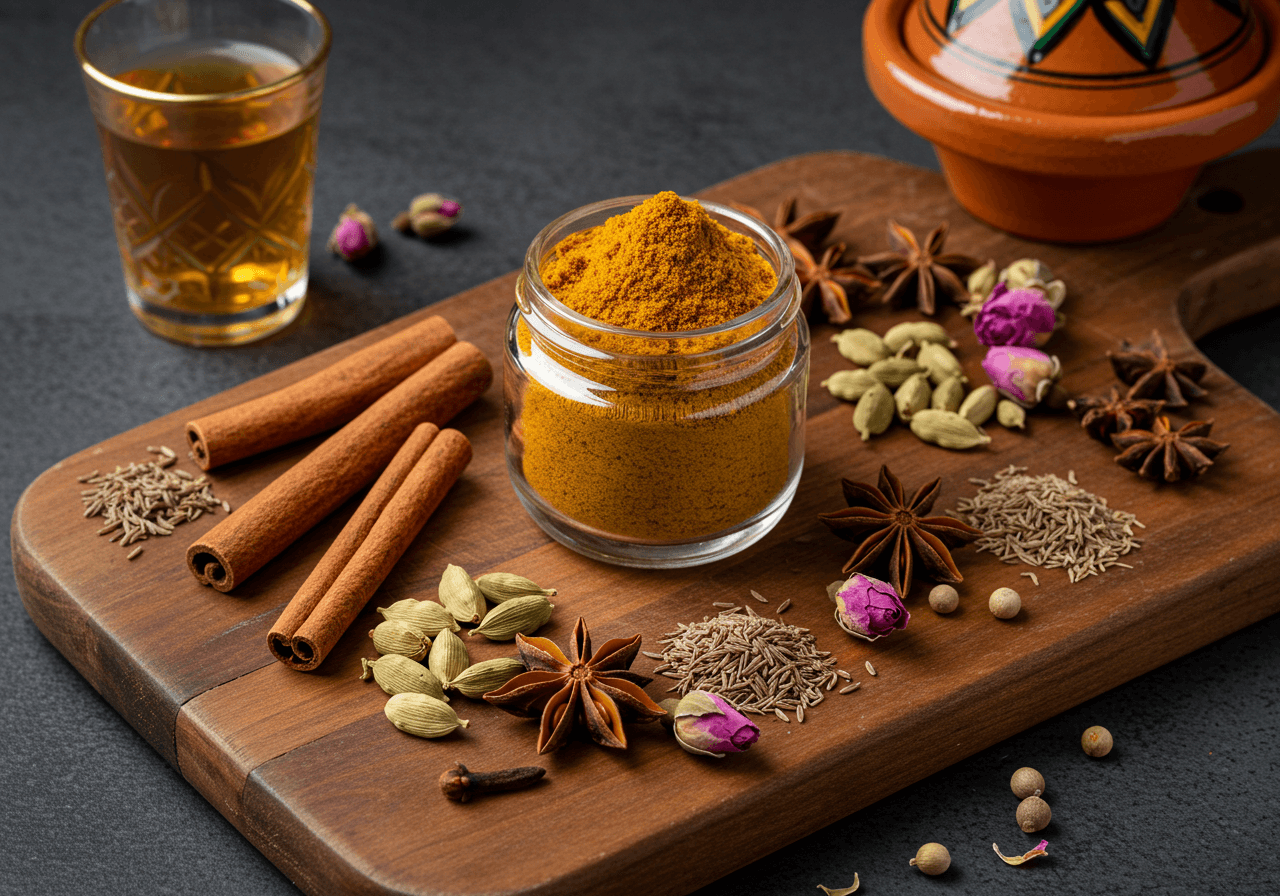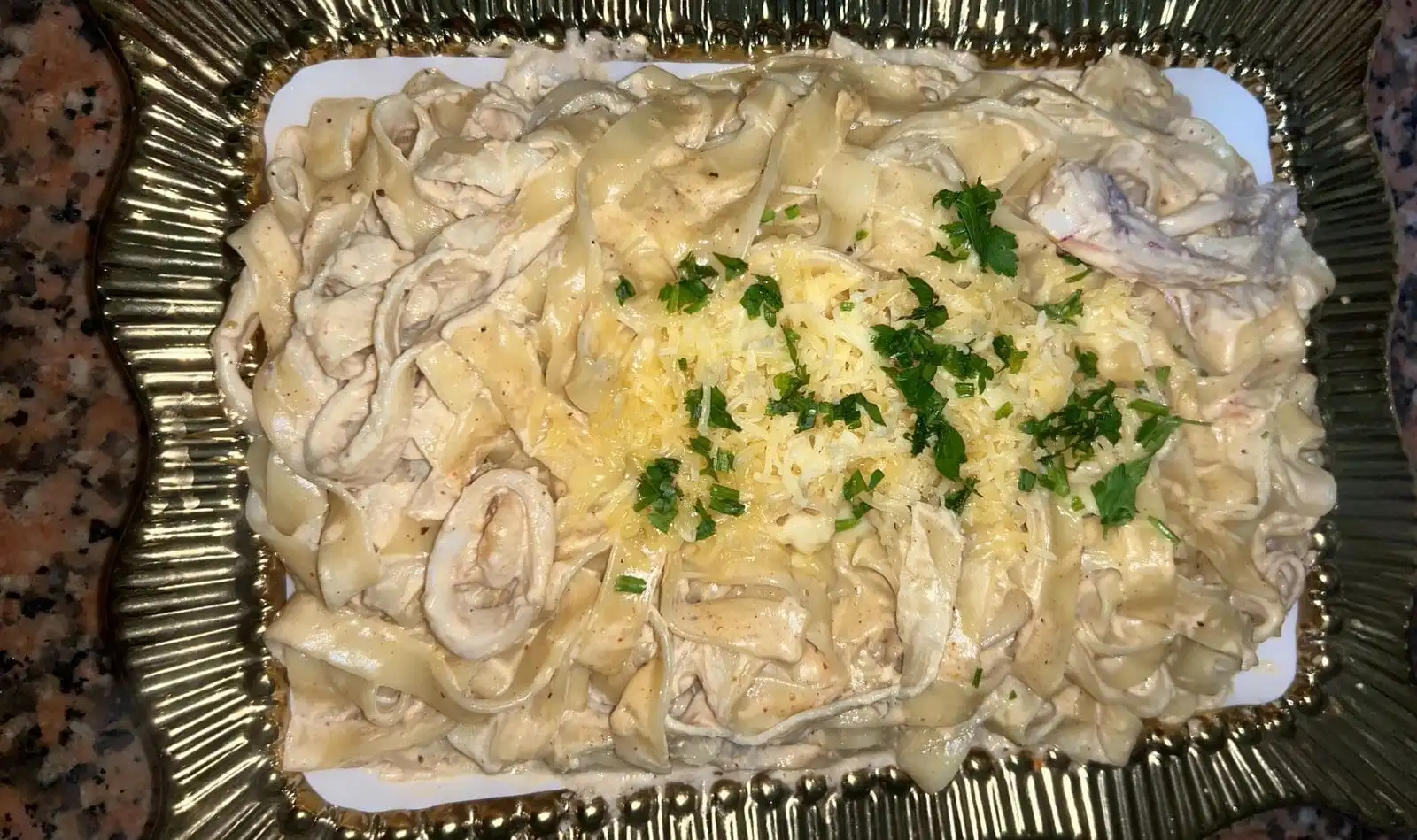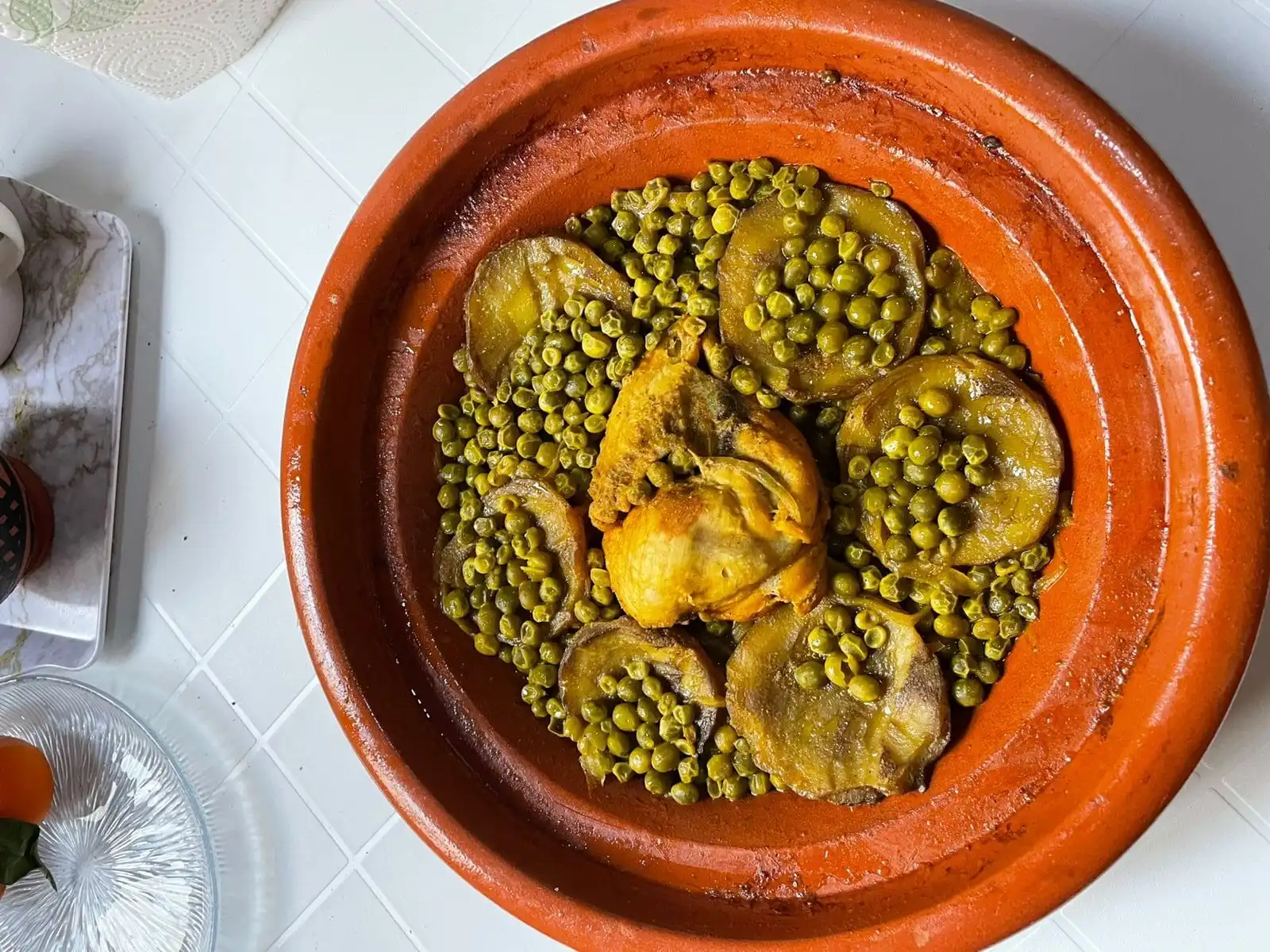Stir-Fry Sauce Guide: 9 Best Ways to Master Flavor at Home
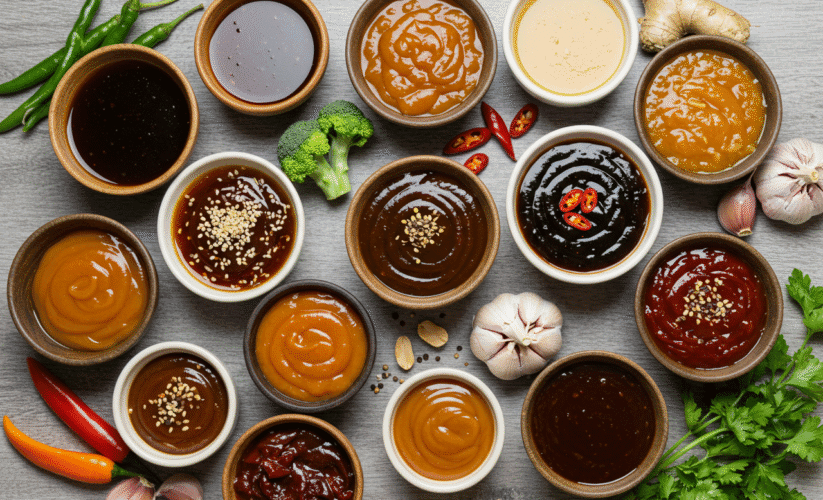
Did you know that research from the International Food Information Council reveals that 78% of home cooks struggle with recreating restaurant-quality Asian dishes at home, primarily due to sauce imbalances? What if you could transform your stir-fry game with a comprehensive stir-fry sauce guide that demystifies the art of sauce creation? This essential stir-fry sauce guide will equip you with nine foolproof formulas that bridge the gap between timid home cooking and bold professional flavors, proving that exceptional sauces require neither exotic ingredients nor culinary school training.
If you’ve ever been disappointed by watery, bland, or overly salty stir-fry results, you’re about to discover how understanding basic sauce chemistry can revolutionize your cooking. This practical stir-fry sauce guide moves beyond vague “add some soy sauce” instructions to provide precise ratios and techniques that guarantee restaurant-worthy results every time. From classic Chinese profiles to modern fusion creations, this stir-fry sauce guide will become your go-to resource for creating balanced, complex sauces that elevate simple ingredients into extraordinary meals.
Table of Contents
Essential Sauce Foundation Ingredients
Building exceptional stir-fry sauces begins with stocking your pantry strategically. This stir-fry sauce guide recommends these core components:
- Salty Elements: ½ cup soy sauce (or tamari for gluten-free)
- Acidic Components: ¼ cup rice vinegar, 2 tbsp lime juice
- Sweet Balances: 3 tbsp honey, 2 tbsp brown sugar, ¼ cup mirin
- Aromatic Bases: 3 garlic cloves (minced), 1 tbsp fresh ginger (grated)
- Umami Boosters: 2 tbsp oyster sauce, 1 tbsp hoisin sauce
- Thickening Agents: 2 tbsp cornstarch, 1 tbsp arrowroot powder
- Heat Elements: 1-2 tsp chili garlic sauce, ½ tsp red pepper flakes
- Liquid Foundation: ½ cup chicken or vegetable broth
Ingredient Flexibility: Coconut aminos can replace soy sauce. Maple syrup works instead of honey. For vegan versions, use mushroom sauce instead of oyster sauce. Adjust heat levels to preference.
Time Efficiency: Sauce Mastery Advantage
Creating homemade sauces offers significant time savings versus searching for perfect store-bought options:
- Prep Time: 5-8 minutes (measuring and whisking)
- Flavor Development: 0 minutes (immediate use)
- Batch Preparation: 10 minutes (for multiple sauces)
- Total Time: 5-18 minutes
This represents approximately 85% less time than traveling to specialty markets searching for specific sauces, making this stir-fry sauce guide both time and cost effective.
9 Foolproof Sauce Formulas
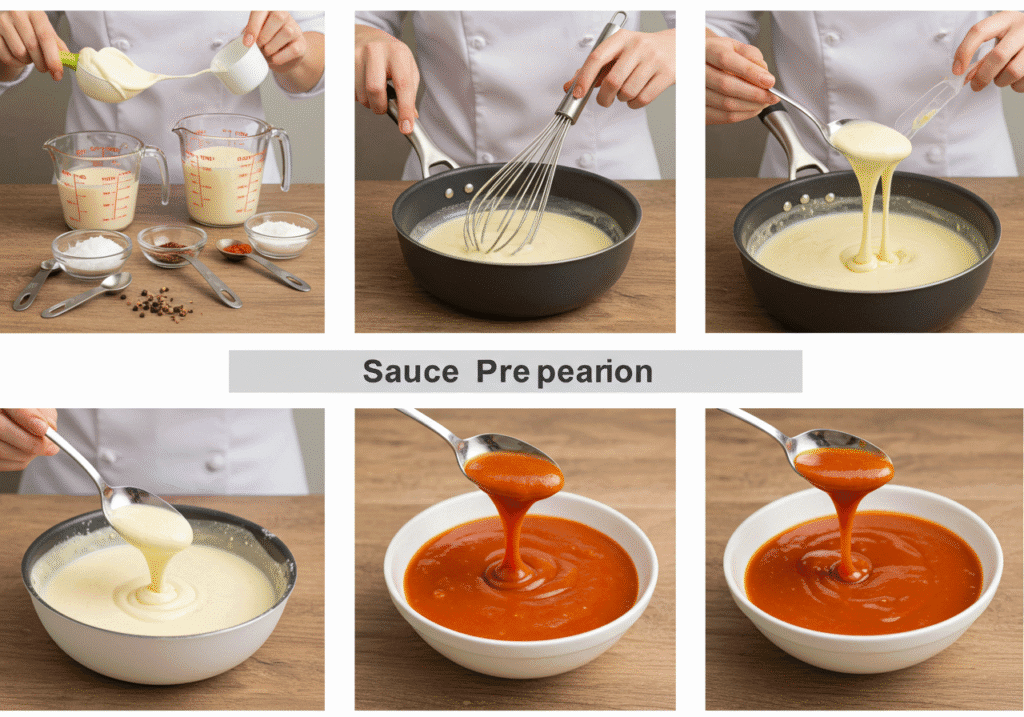
Formula 1: Classic Garlic-Ginger Soy
Whisk ¼ cup soy sauce, 2 tbsp rice vinegar, 1 tbsp honey, 2 minced garlic cloves, 1 tsp grated ginger, and 1 tsp cornstarch. The cornstarch slurry creates glossy coating that clings perfectly to ingredients.
Formula 2: Sesame-Orange Glaze
Combine ¼ cup orange juice, 2 tbsp soy sauce, 1 tbsp sesame oil, 1 tsp orange zest, and 1 tbsp cornstarch. The citrus brightens rich flavors while sesame provides depth.
Formula 3: Thai Peanut Sauce
Whisk ¼ cup peanut butter, 2 tbsp lime juice, 1 tbsp soy sauce, 1 tsp sriracha, and ¼ cup coconut milk. Thin with water to desired consistency for perfect noodle coating.
Formula 4: Korean Gochujang Glaze
Mix 2 tbsp gochujang, 1 tbsp soy sauce, 1 tbsp rice vinegar, 1 tsp sesame oil, and 1 tbsp honey. The fermented chili paste provides complex heat that builds gradually.
Formula 5: Sweet Chili Lime
Combine 3 tbsp sweet chili sauce, 2 tbsp lime juice, 1 tbsp fish sauce, and 1 minced garlic clove. Perfect for seafood or vegetable stir-fries needing bright acidity.
Formula 6: Black Bean Garlic Sauce
Mash 1 tbsp fermented black beans with 2 garlic cloves. Whisk with ¼ cup broth, 1 tbsp soy sauce, and 1 tsp cornstarch. The fermented beans provide intense savory depth.
Formula 7: Teriyaki Glaze
Simmer ¼ cup soy sauce, 2 tbsp mirin, 1 tbsp sugar, and 1 tsp grated ginger until slightly thickened. The classic Japanese balance of sweet and salty.
Formula 8: Vietnamese Lemongrass
Pound 1 lemongrass stalk until fragrant. Whisk with 2 tbsp fish sauce, 1 tbsp lime juice, 1 tsp sugar, and 1 minced chili. The herbal-citrus profile complements chicken and shrimp.
Formula 9: General Tso’s Style
Mix 2 tbsp hoisin, 1 tbsp soy sauce, 1 tbsp rice vinegar, 1 tsp chili paste, and 1 tsp cornstarch. The familiar takeout flavor made healthier at home.
Nutritional Information
According to USDA data compared to store-bought versions, homemade sauces from this stir-fry sauce guide offer:
- Sodium Reduction: 35-45% less than commercial equivalents
- Sugar Content: 50-60% reduction possible
- Additive-Free: No preservatives, MSG, or artificial colors
- Calorie Control: 20-30% reduction through mindful sweetener use
The ability to control ingredients makes significant nutritional improvements achievable without sacrificing flavor.
Health-Conscious Adaptations
- Reduced Sodium: Use low-sodium soy sauce and increase aromatic ingredients
- Sugar-Free: Substitute sugar with monk fruit or stevia equivalents
- Allergy-Friendly: Use sunflower seed butter instead of peanut butter
- Whole30/Paleo: Substitute coconut aminos for soy sauce, omit sweeteners
Discover more adaptations in our special diet cooking guide collection.
Creative Application Techniques
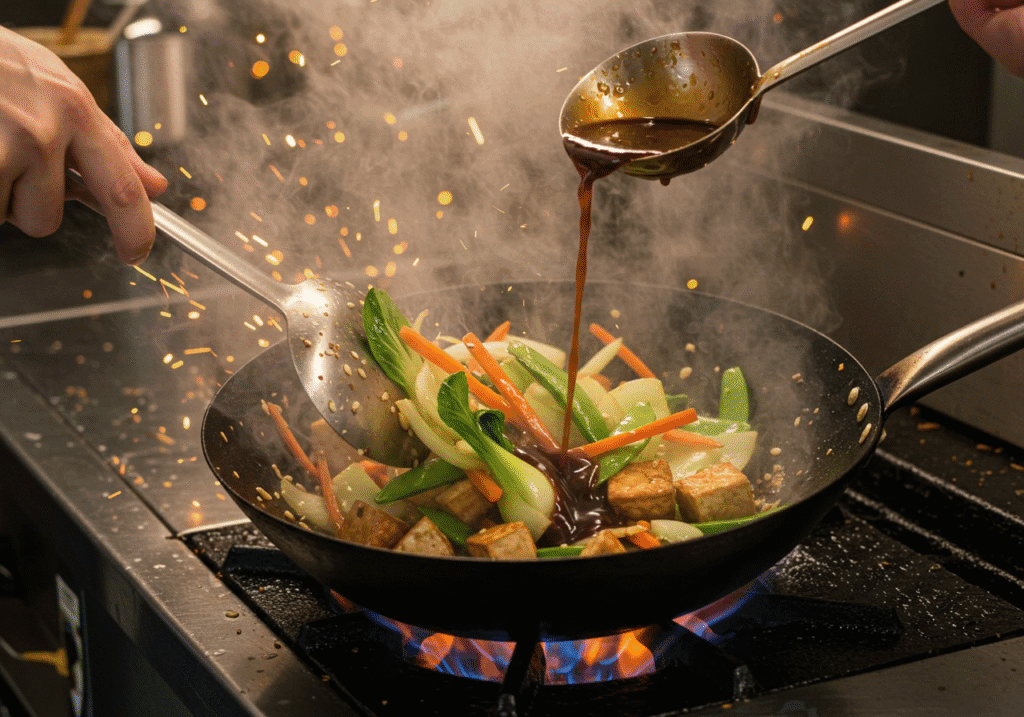
Maximize your sauce impact with these application methods:
- Deglazing Magic: Add sauce to hot pan after cooking protein to incorporate flavorful browned bits
- Finishing Sauce: drizzle additional sauce over completed stir-fry for layered flavor
- Marinating: Use sauces to marinate proteins before cooking for deeper penetration
- Dipping Sauces: Reserve some sauce for serving alongside the completed dish
Complement your stir-fry with our perfect steamed rice guide for complete meal mastery.
Common Mistakes to Avoid
- Overthickening: Creates gluey texture—sauce should coat the back of a spoon
- Burnt Garlic: Add during last minute of cooking to prevent bitterness
- Imbalanced Flavors: Taste and adjust sweet/sour/salty/umami before thickening
- Overcrowding Pan: Prevents proper searing and sauce distribution
- Inadequate Pre-mixing: Creates clumpy thickening—always whisk cornstarch with cold liquid first
Storage and Batch Preparation
- Refrigeration: Store in airtight containers for 7-10 days
- Freezing: Freeze in ice cube trays for portion-controlled future use
- Batch Advantages: Triple recipes for weekly meal preparation
- Separation Prevention: Shake or whisk before using stored sauces
Your Sauce Mastery Journey Begins
This comprehensive stir-fry sauce guide demonstrates that sauce excellence stems from understanding basic principles rather than memorizing recipes. The confidence to adjust and create your own variations represents true culinary freedom.
We’re excited to see your sauce creations! Which formula became your instant favorite? Share your stir-fry triumphs on Instagram using #StirFrySauceGuide. For continued Asian cooking mastery, explore our fried rice techniques next!
FAQs: Your Sauce Questions Answered
Q: Can I make these sauces without cornstarch for thickening?
A: Absolutely! Arrowroot powder works equally well, or you can reduce sauces longer for natural thickening, though the glossiness will differ.
Q: How can I make these sauces spicier?
A: Increase chili garlic sauce, add sriracha, or incorporate fresh Thai chilies. Always adjust heat gradually and taste as you go.
Q: Are these sauces suitable for meal prep?
A: Perfectly! Most sauces maintain quality for 7-10 days refrigerated, and many freeze beautifully for 3 months.
Q: Can I substitute dry ginger for fresh?
A: While fresh provides superior flavor, you can substitute ¼ teaspoon dried ginger for each tablespoon fresh—just rehydrate in liquid first.


